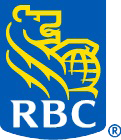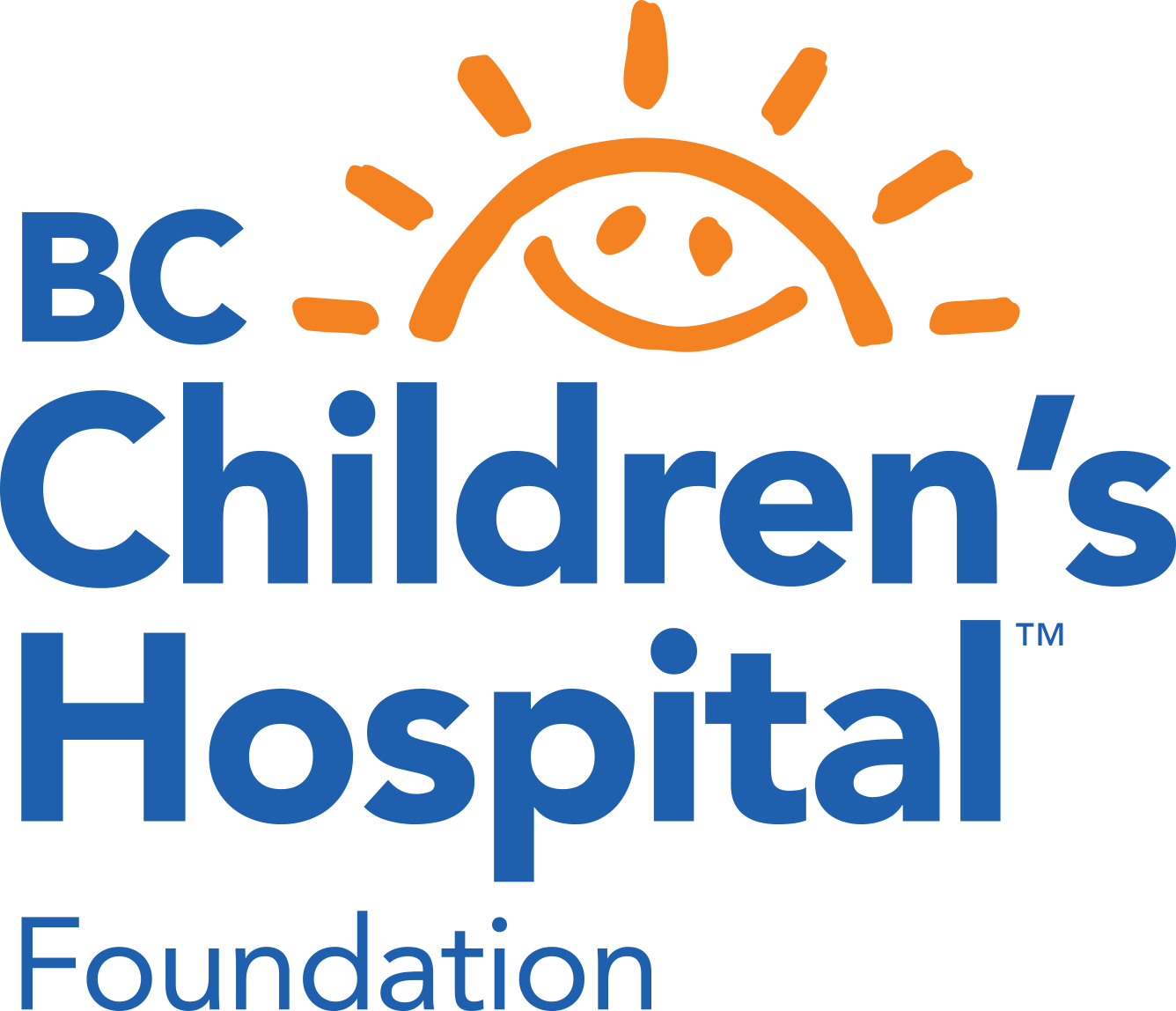What is Cognitive Behavioural Therapy?
Cognitive Behavioural Therapy (CBT) is an evidence-based therapy for several disorders. It can help to reduce distress and improve your ability to function. CBT can be used with school-aged children and youth. If it is modified to have a stronger focus on behaviour, CBT can be used with children as young as 4.
CBT teaches you to examine and change the way you:
- think (cognitive)
- act (behaviour) and
- feel (emotionally and physically)
The concept behind CBT is that our thoughts about a situation, how we feel, and how we behave are all inter-related. CBT helps children and youth become more aware of their thoughts, actions and feelings so they can view difficult situations more clearly and respond more effectively.
CBT also encourages a child or youth to practice more helpful behaviours in their day-to-day lives. They learn how to gradually face situations they fear rather than avoid them (in the case of anxiety) or to be more active (in the case of depression).
CBT is delivered in either individual or group format (see the section on group therapy for more information).
What types of challenges are best suited for CBT?
CBT is an effective treatment for a wide range of challenges, including:
- depression and anxiety (note: CBT is especially effective in managing mild to moderate anxiety and depression. It is as effective (if not more) as treatment with medication alone. Children and youth experiencing anxiety and depression are less likely to relapse when treated with CBT).
- chronic pain
- eating disorders
- low self-esteem
- anger problems
- substance use problems
- obsessive compulsive disorder
- trauma-related disorders, including post-traumatic stress disorder (An adaptation of CBT, called Trauma-Focused CBT, has been found to be particularly effective for children and youth struggling with trauma. You can learn more about Trauma-Focused CBT below).
How long will it take?
A child or youth usually attends between 8 and 20 treatment sessions with a therapist. They work together to understand and change patterns of thinking and behaving. The goal is to learn tools for managing situations and feelings that are challenging. Home practice between sessions is a key part of CBT. Once children learn new skills, have a chance to master them, and start to see some positive changes, they often stop therapy. Sometimes they need a few ‘booster sessions’ when new challenging situations arise.
Parents are involved in their child’s CBT either directly in the sessions or in learning about the child’s progress and therapy at the end of each session. They often coach their child at home to put new skills into practice. For children and youth with anxiety disorders and Obsessive Compulsive Disorder (OCD), the therapist may also ask parents to practice allowing their child to face fears rather than avoid them. With youth, the amount of parental involvement depends on a number of factors.



